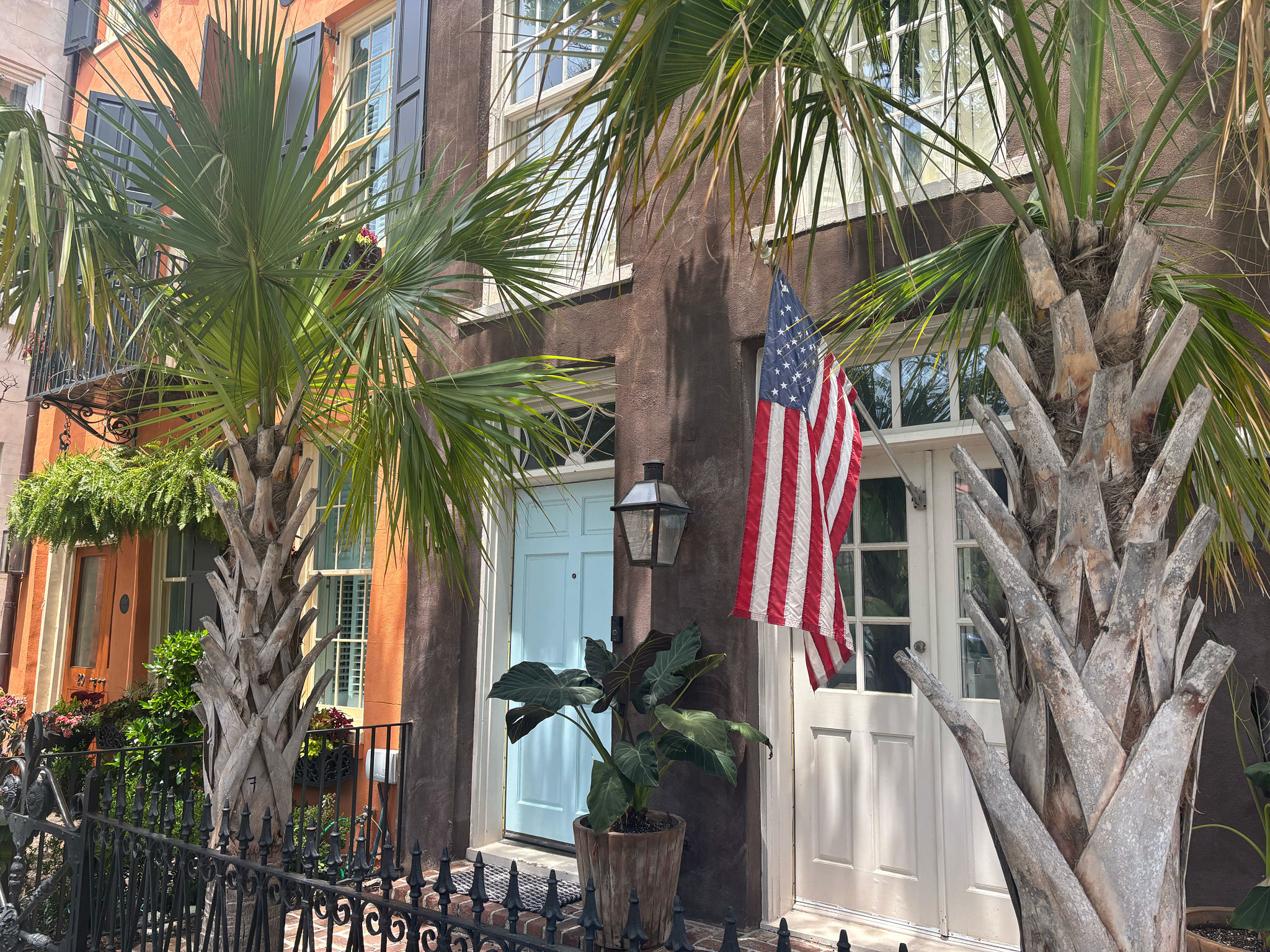Case Study: Transforming a Historic Home with Modern Amenities
Introduction to the Project
Transforming a historic home into a modern living space while maintaining its original charm is a delicate balance, but one that can yield extraordinary results. This case study explores the journey of revamping a heritage property, blending its original features with contemporary amenities to create a home that celebrates both past and present.

Understanding the Vision
The homeowners, passionate about preserving history, wanted to retain the authenticity of the property while making it suitable for modern living. The primary goal was to enhance functionality without compromising on the historic value. This included updating the infrastructure, such as plumbing and electrical systems, while integrating smart home technology.
Challenges Faced
One of the main challenges was working within the restrictions set by local heritage regulations. It required careful planning and coordination to ensure that every update honored the original architecture. Additionally, sourcing materials that matched the period style was another hurdle that needed to be addressed.

Design and Planning
The design phase involved a meticulous assessment of the home's existing features. The team aimed to highlight architectural details like moldings and fireplaces while introducing modern elements such as open-plan living areas and energy-efficient windows. The planning process was collaborative, involving architects, designers, and historians.
Implementing Modern Amenities
Introducing modern amenities was a crucial part of the transformation. The team incorporated a smart lighting system, state-of-the-art kitchen appliances, and underfloor heating. These additions not only improved comfort but also enhanced the property’s value.
- Smart lighting systems with remote control
- Energy-efficient appliances
- Advanced security features

The Final Transformation
The end result was a stunning blend of historical elegance and modern convenience. The home now featured an inviting open-plan layout, seamlessly integrating spaces for entertainment and relaxation. Original hardwood floors were restored, and period-appropriate decor enhanced the property's charm.
Community Impact
This project not only improved the living standards for the homeowners but also contributed positively to the community. By preserving a piece of history, it fostered a sense of pride among residents and encouraged other property owners to consider similar transformations.
Conclusion
Transforming a historic home with modern amenities is a rewarding endeavor that requires careful planning and execution. By respecting the past while embracing the present, it is possible to create a living space that is both functional and inspirational. This case study serves as a testament to the successful fusion of history and modernity.